Recipes for Topside of Beef
From the bustling streets of foodie capitals to the cosy kitchens of family homes, certain dishes have a certain magic about them that gathers loved ones, kindles nostalgia and satisfies the soul. And, there's nothing quite as inviting as a delicious roast topside beef Sunday dinner with all the trimmings and lashings of delicious gravy.
Quality ingredients, such as meat that is ethically raised and expertly processed, can transform the simplest of meals into a gastronomic masterpiece. So, come with us on a culinary journey to learn how to cook topside beef dishes that dazzle the crowd and explore the versatility of this exceptional cut of meat. You might even stumble upon your favourite topside beef recipe!
So grab your apron, sharpen those knives and let's get cooking!
The Importance of Sourcing Quality Beef
In cooking, quality ingredients are the basis of excellence, and meat doesn't come more highly acclaimed than Scotch Beef.
➡️ Gold Standard Quality
Scotch Beef stands as a gold standard in the global culinary arena, renowned not just for its taste but also its impeccable quality. The lush, verdant pastures of Scotland provide cattle with a natural and nutritious diet, resulting in beef that is exceptional.
➡️ Coveted UK GI Status
Products with UK GI (Geographical Identification) status must have a proven link between their quality or characteristics and the environment or traditions of their region of origin. This encompasses everything from the feed used for the animals to the methods of processing the meat. For consumers, the UK GI status provides a guarantee of authenticity and quality.
➡️ Quality Assurance
Scotch Beef is produced under some of the strictest welfare standards in the world. The cattle are raised on the lush, nutrient-rich pastures of Scotland, and the meat is processed using traditional methods that have been perfected over generations. When you see the Scotch Beef label, you can be confident that you are purchasing a product that is deeply rooted in the traditions and environment of the land.
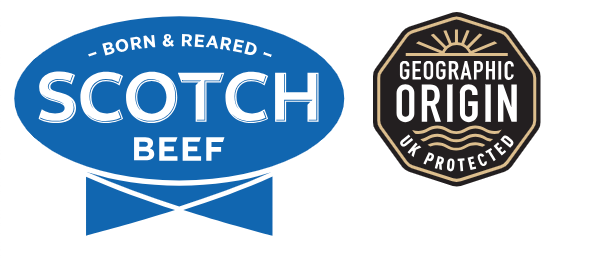
What Cut of the Animal is the Topside of Beef?
The topside of beef is a cut from the hindquarters of the animal, specifically from the inner thigh of the cow or the upper portion of the rear leg. In terms of its location, it is situated above the silverside. Given its relatively lean nature, the topside is often used for roasting or can be thinly sliced for steaks. However, because it lacks the marbling found in other cuts, it is especially important to prepare it correctly to maintain tenderness and juiciness.
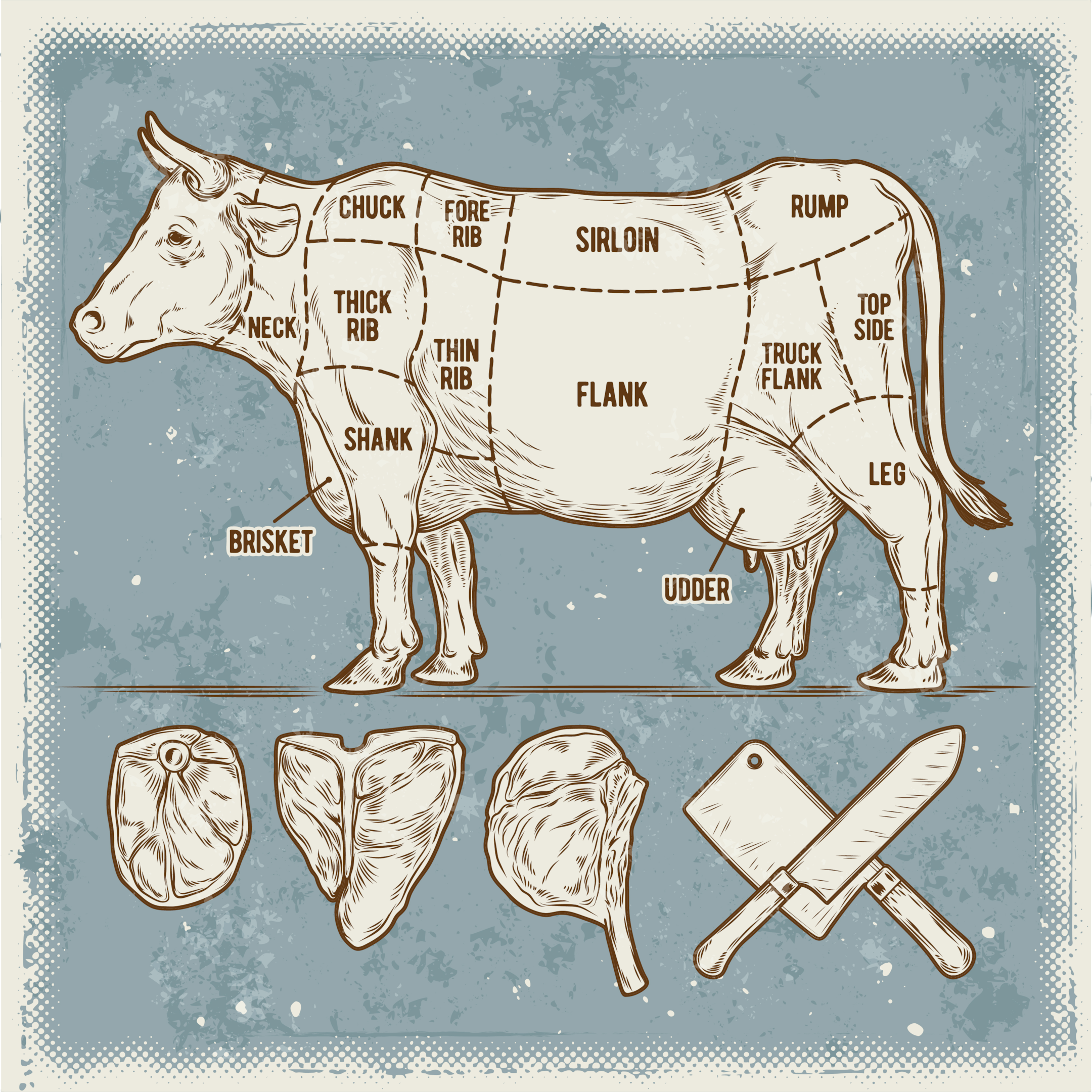
Preparing the Topside for Cooking
Cooking with the topside of beef is relatively straightforward and by following a handful of tips, your dish will turn out perfect every time.
✅ Bring the Meat to Room Temperature:
Allowing the meat to reach room temperature ensures even cooking and maximises tenderness.
- Remove Early: Take the meat out of the refrigerator at least an hour before you intend to cook it. For larger cuts, you may need to allow more time.
- Avoid Direct Sunlight: Place the meat in a cool area of your kitchen, away from direct sunlight or any heat sources.
- Unwrap and Pat Dry: Remove any packaging and gently pat the beef dry with kitchen paper. This aids in achieving a good sear and prevents the meat from steaming when it hits the hot pan or oven.
✅ Marinating and Seasoning:
While the topside is a flavourful cut on its own, marinating and rubbing with simple ingredients can introduce additional layers of flavour. These can include:
- Dried or Fresh Thyme and Rosemary: Traditional herbs beautifully complement the beef's natural flavours.
- Garlic: Scoring the meat and studding it with garlic cloves brings earthiness to the dish.
- Juniper Berries: Crushed juniper berries can introduce a slightly tart and aromatic flavour.
- Salt and Black Pepper: Essential for highlighting the beef's natural flavours.
- Mustard: A thin layer of mustard brings a subtle heat and tanginess to the meat. This can be mustard powder or Dijon mustard.
- Ales or Whisky: Occasionally used in marinades, these ingredients offer a unique Scottish twist, tenderising the meat while introducing a malty or smoky flavour to the juices and forming a rich gravy.
✅ Cooking Tips:
- Searing: Before roasting, sear the beef in a hot skillet with a bit of oil. This locks in the juices and gives the beef a beautiful, appetising crust.
- Roasting: Preheat your oven to the desired temperature. Typically, for a medium-rare finish, an oven temperature of 325°F (165°C) is recommended. Roasting times can vary based on the weight of your joint and your preferred doneness.
- Checking Doneness: Use a meat thermometer for precision. For medium-rare, aim for an internal temperature of about 135°F (57°C), knowing the temperature will rise a few degrees as the meat rests.
- Basting: Throughout the roasting process, baste the meat with its juices. This keeps the beef moist and imparts additional flavour.
- Slow and Low: If you have time, consider roasting the beef at a lower temperature for a longer time. This method often results in an incredibly tender roast.
- Herb Butter: Some recipes recommend placing herb-infused butter on the beef during the final stages of roasting, adding richness and flavour.
✅ Resting the Meat After Cooking:
Resting the meat after cooking is crucial for a number of reasons:
- Juice Redistribution: As beef cooks, its juices are pushed towards the surface. Resting allows these juices to redistribute throughout the meat, ensuring every bite is moist.
- Tenderness: Resting helps relax the tightened proteins, making the beef more tender.
- Flavour Development: The redistribution of juices also means that flavours settle and fuse, enhancing the overall taste of your dish.
- Easier Slicing: A rested piece of beef is firmer and easier to slice, ensuring cleaner cuts. For best results, cover the meat loosely in a foil tent and rest for at least 15-20 minutes before carving.
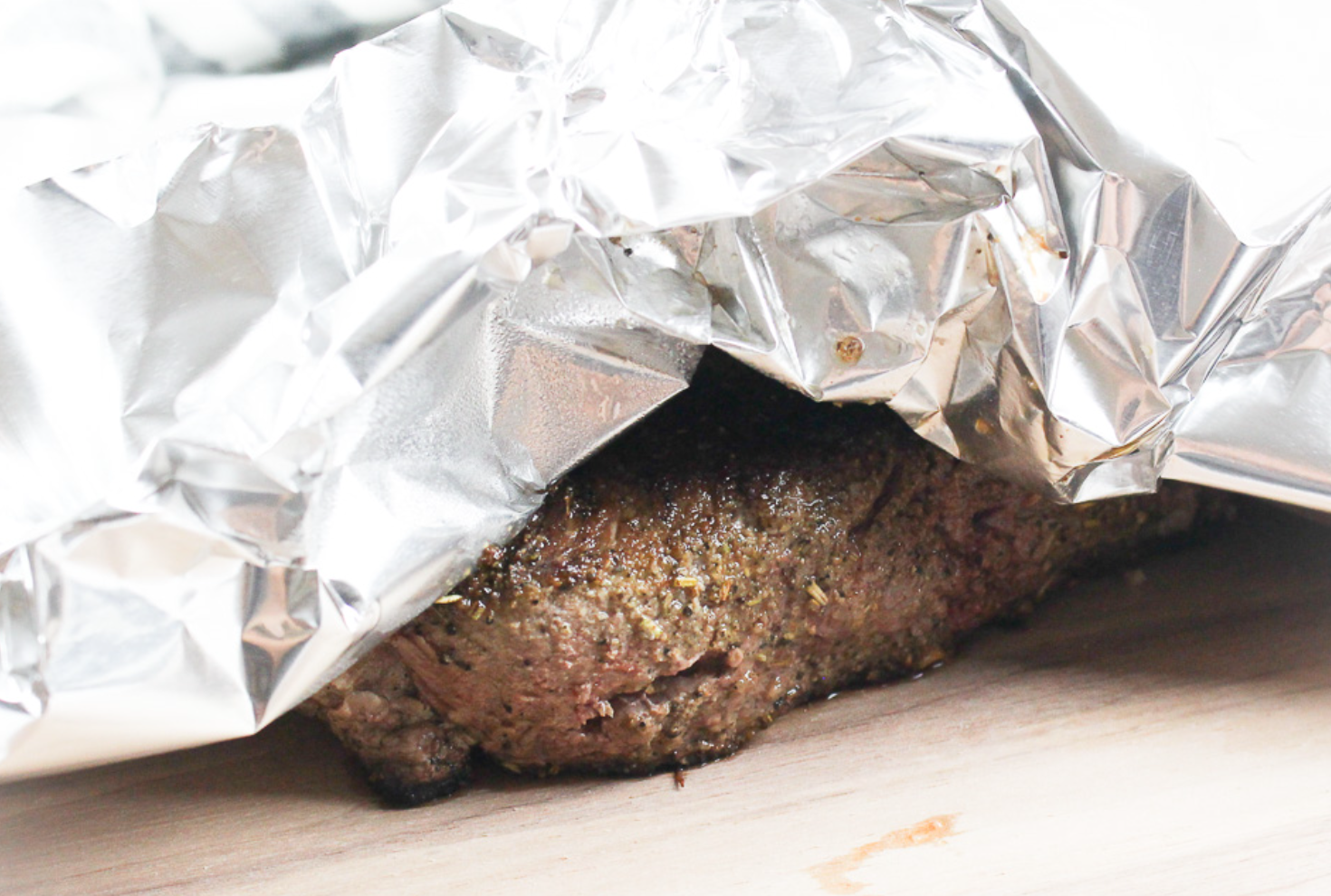
How to Cook Beef Topside
Nicknamed the ‘poor man’s sirloin’, a topside beef joint is a budget-friendly option that doesn’t compromise on flavour. Equipped with easy-to-follow top tips and techniques, you will soon be on your way to creating some outstanding dishes fit for a king.
➡️ Roasted Topside of Beef:
One of the most popular ways to cook beef topside is to roast it in the oven. It is a forgiving cut of meat that slices into beautiful, uniform portions and can be served medium rare or pink, capturing the essence of a classic roast.
- Preparation: Ensure the beef is at room temperature. Season generously with salt, pepper and your choice of herbs. Consider a rub of garlic and rosemary with a touch of olive oil for an aromatic twist.
- Roasting: Preheat your oven and place the beef on a bed of root vegetables in the roasting tin to avoid burning. Roasting times will depend on the size of the joint and your preferred doneness.
- Resting: Allow the beef to rest in the roasting tray for at least 20 minutes before slicing. This ensures the beef juices are redistributed, resulting in a moist and flavourful roast.
- Making Gravy: Combining the meat juices with a splash of beef stock and stirring occasionally until reduced will result in the deepest gravy or jus.
- Goes well with: For the perfect Sunday roast serve with Yorkshire puddings and caramelised onion gravy, and remember, the leftovers are perfect for sandwiches or salads.
➡️ Braised Topside Beef:
The lean nature of a topside joint makes it an excellent candidate for braising, transforming it into a tender, pull-apart dish.
- Preparation: Cut the beef into large chunks. Season well with salt and pepper.
- Searing: Brown the meat in a little olive oil in batches on high heat. This adds to the overall flavour of the dish and makes the braising juices richer and darker.
- Braising: Gently cook the beef in a stew or casserole. The longer cooking times work wonders on the lean topside, ensuring a soft, succulent finish.
- Serving Suggestions: Enjoy it in a hearty stew, a low-fat casserole, or even a curry for a twist on the traditional.
➡️ Pot-Roasted Topside Beef:
The pot-roasting method encapsulates the topside in rich flavours while guaranteeing tenderness.
- Preparation: Season the beef and place it on a bed of vegetables, herbs, and aromatics in a cast-iron casserole dish.
- Cooking: Slow-cook in stock (you can even use a beef stock cube for this), possibly with a splash of wine, until the beef is meltingly tender.
- Gravy: The juices released create a deep, rich gravy, perfect for drizzling over the carved beef.
- Serving Suggestions: Try making pot-roast beef with French onion gravy for an unforgettable feast.
➡️ Slow Cooker Topside Beef:
The slow cooker is the topside of beef's best friend, ensuring tenderness and ease of preparation.
- Preparation: For stews, follow your chosen recipe. For a whole joint, ensure the meat is half submerged in liquid.
- Cooking: Set your slow cooker to the correct low setting and let it work its magic.
- Serving: Enjoy the beef in hearty stews or as a tender, fall-apart roast.
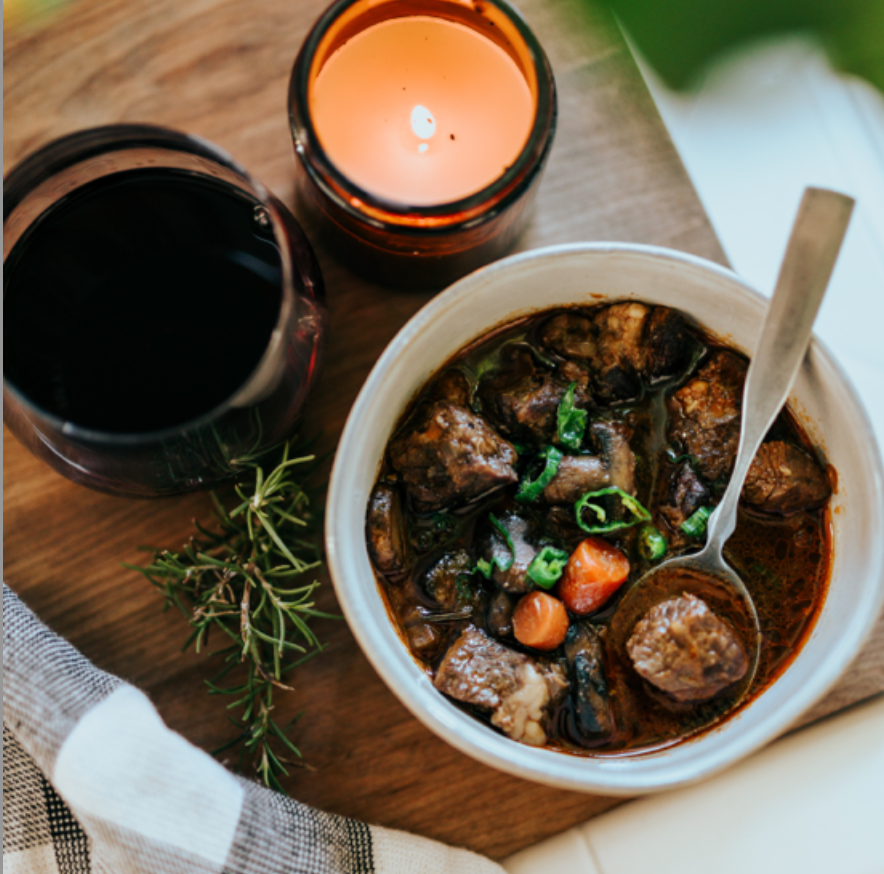
No matter the method, cooking topside beef is a straightforward affair. With a handful of ingredients, good quality meat and a little preparation you can't fail to serve up a stunning dish and gather around the table for a meal steeped in nostalgia.
The Versatility of Topside of Beef
The lean nature of the topside of beef lends itself beautifully to a number of popular dishes.
Here are some of our favourites:
- Classic Roast Topside of Beef: Seasoned with salt, pepper, garlic, and herbs, then roasted to perfection. Often served with Yorkshire puddings and gravy.
- Beef Bourguignon: A rich French stew where the beef is slowly cooked in red wine along with onions, mushrooms and carrots.
- Beef Stroganoff: Thinly sliced topside beef cooked in a creamy mushroom and onion sauce, usually served over rice or buttered noodles.
- Topside Beef Steak Pie: Chunks of beef cooked with onions, mushrooms, and a rich gravy, then baked under a pastry crust.
- Italian Beef Braciole: Thin slices of topside beef rolled up with a filling of breadcrumbs, cheese, and herbs, then cooked in tomato sauce.
- Slow-Cooked Topside Beef with Root Vegetables: The beef is slow-cooked with carrots, turnips, potatoes, and herbs until tender.
- Beef and Broccoli Stir Fry: Strips of topside beef are quickly cooked with broccoli in a savoury sauce and served with rice.
- Topside Beef Tacos: Slow-cooked and shredded, the beef is used as a filling for tacos, paired with various toppings like salsa, cheese and guacamole.
- Beef Barley Soup: Chunks of topside beef cooked with barley, vegetables, and a flavorful broth make a hearty soup.
- Corned Beef: Topside can be brined to make homemade corned beef, which can be used in sandwiches.
- Topside Beef Curry: The beef is slowly simmered in a spicy curry sauce until tender and flavourful.
- Beef Rouladen: A German dish where thin slices of beef are spread with mustard, topped with onions, bacon, and pickles, then rolled up and braised.
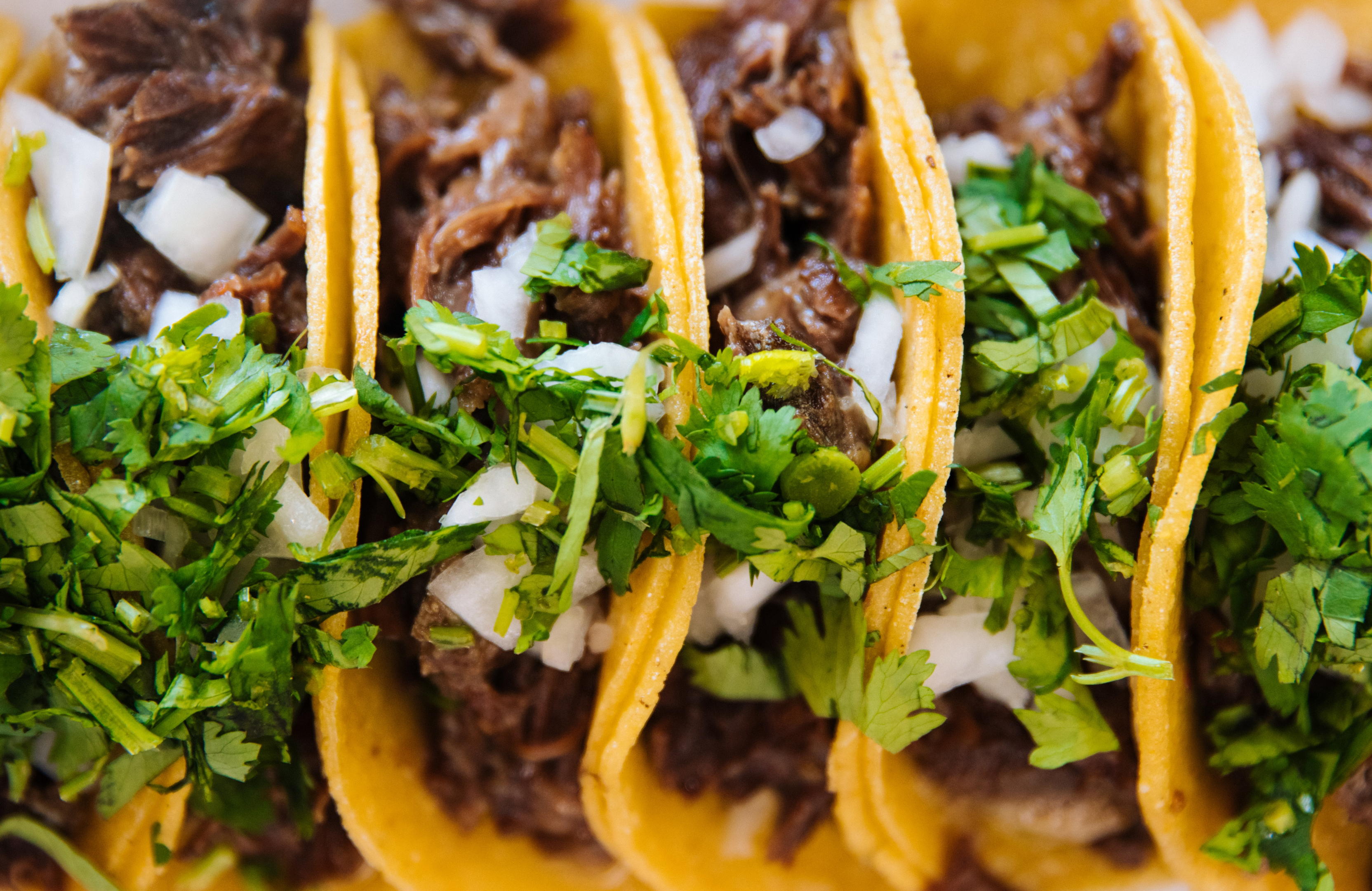
Best Pairings for Topside Beef Joint Recipes
Pairing the right accompaniments with a topside beef joint can completely transform the dining experience. Here are some of the best side dishes, sauces and wines:
✅ Side Dishes:
- Yorkshire Puddings: The classic British accompaniment, especially popular with roast beef.
- Roast Potatoes: Crispy on the outside, soft on the inside, seasoned with fresh rosemary or thyme.
- Vegetables: Steamed or roasted veggies such as carrots, green beans, Brussels sprouts, or asparagus.
- Mashed Potatoes: Creamy and buttery, possibly with a hint of roasted garlic, white pepper or nutmeg.
- Honey Glazed Parsnips: Their sweetness contrasts beautifully with the savoury beef.
- Neeps and Tatties: Mashed turnips and potatoes, a classic Scottish side dish.
- Horseradish Cream: Offers a spicy kick that complements the beef's rich flavours beautifully.
✅ Sauces and Gravies:
- Red Wine Gravy: Prepared using the pan juices, beef stock, and a splash of red wine.
- Peppercorn Sauce: A creamy sauce with pink and black peppercorns for a classic peppery bite.
- Mushroom Sauce: A rich and earthy complement to the beef.
- Béarnaise Sauce: This classic French sauce, with its hint of tarragon, pairs beautifully with beef.
✅ Wines and Beverages:
- Red Wines: Look for wines that can complement the robust flavours of the beef. Consider Cabernet Sauvignon, Merlot, Malbec or a bold Shiraz.
- Whiskey or Scotch: Especially if you have used it in the beef's preparation, a good whiskey can be a wonderful pairing.
- Stout or Dark Ale: The malty flavours of these beers can be a hearty match for perfect roast beef.
Where Can I Find Scotch Beef Near Me?
If you are looking for the best quality beef for your Sunday roast, you have come to the right place!
With our user-friendly map, you can find premium Scotch Beef right on your doorstep. Just input your postcode, and the map will guide you to your nearest Scotch meat supplier.
Supporting Scottish Farmers
When you choose to buy Scotch Beef, you are also supporting our dedicated farmers, whose passion for rearing animals goes back generations. It is a lifestyle and a commitment steeped in rich history, deep-rooted traditions, sustainable farming and whole-chain assurance that the Scottish red meat industry is revered for.
What's The Scotch Difference?
Let us take you on a journey into what makes Scotch Beef, Scotch Lamb and Specially Selected Pork so special, and how we produce such high-quality meat renowned and enjoyed worldwide.


- © MakeitScotch 2025
- Cookies
- Privacy
- Terms of Use
Site by Art Department
